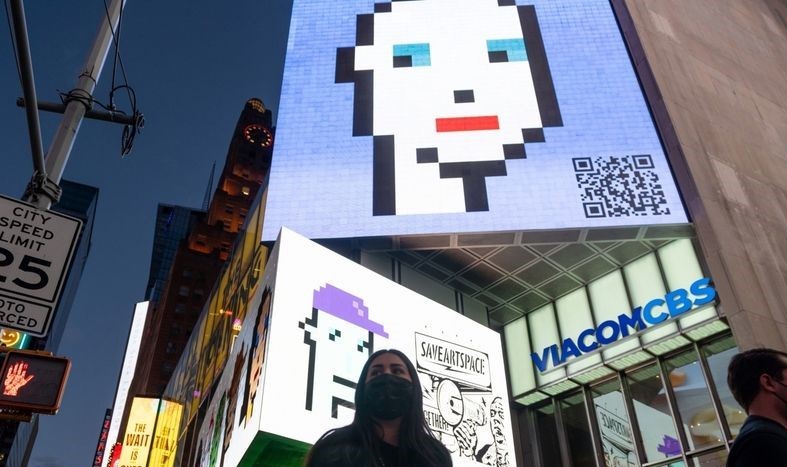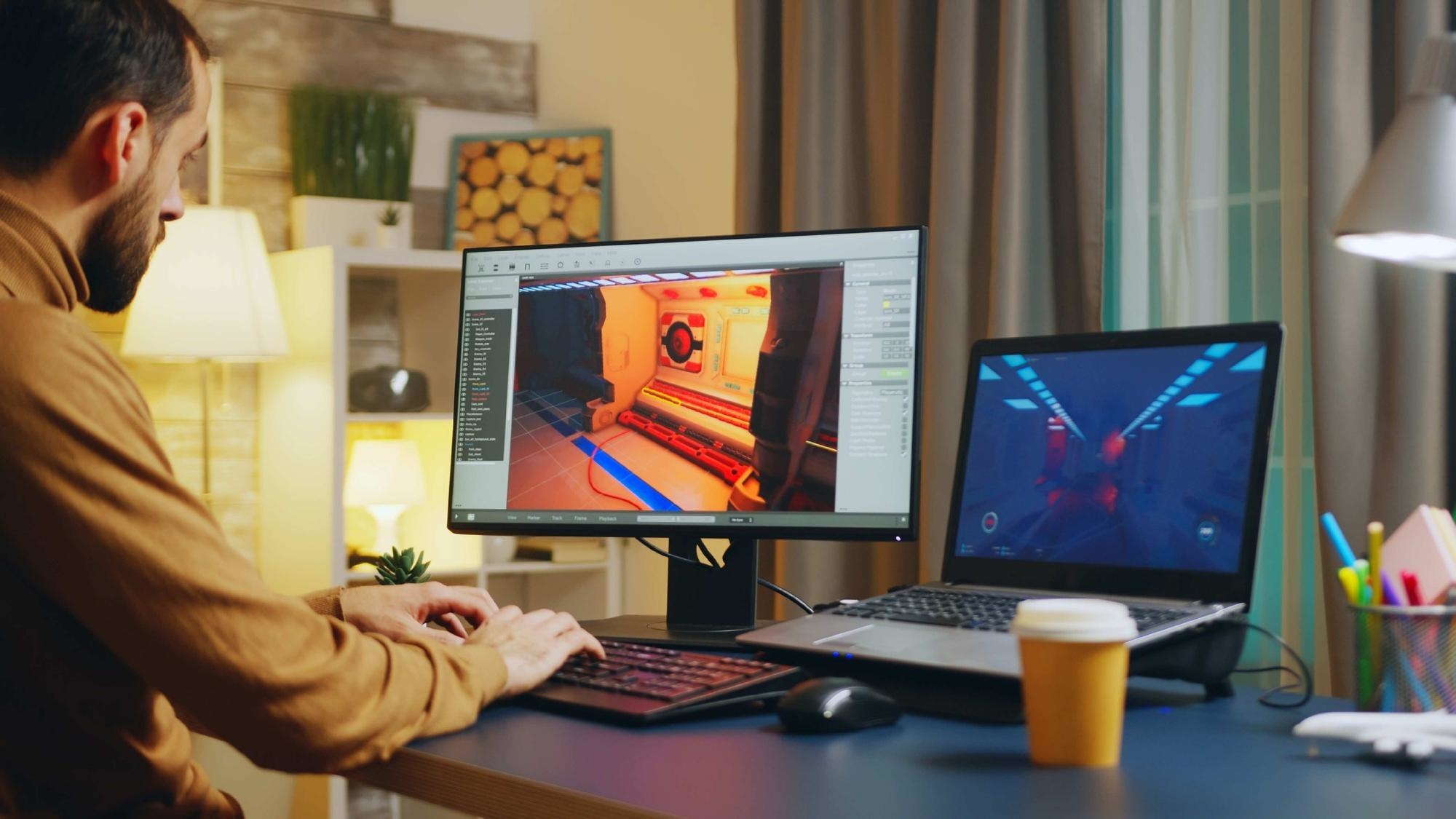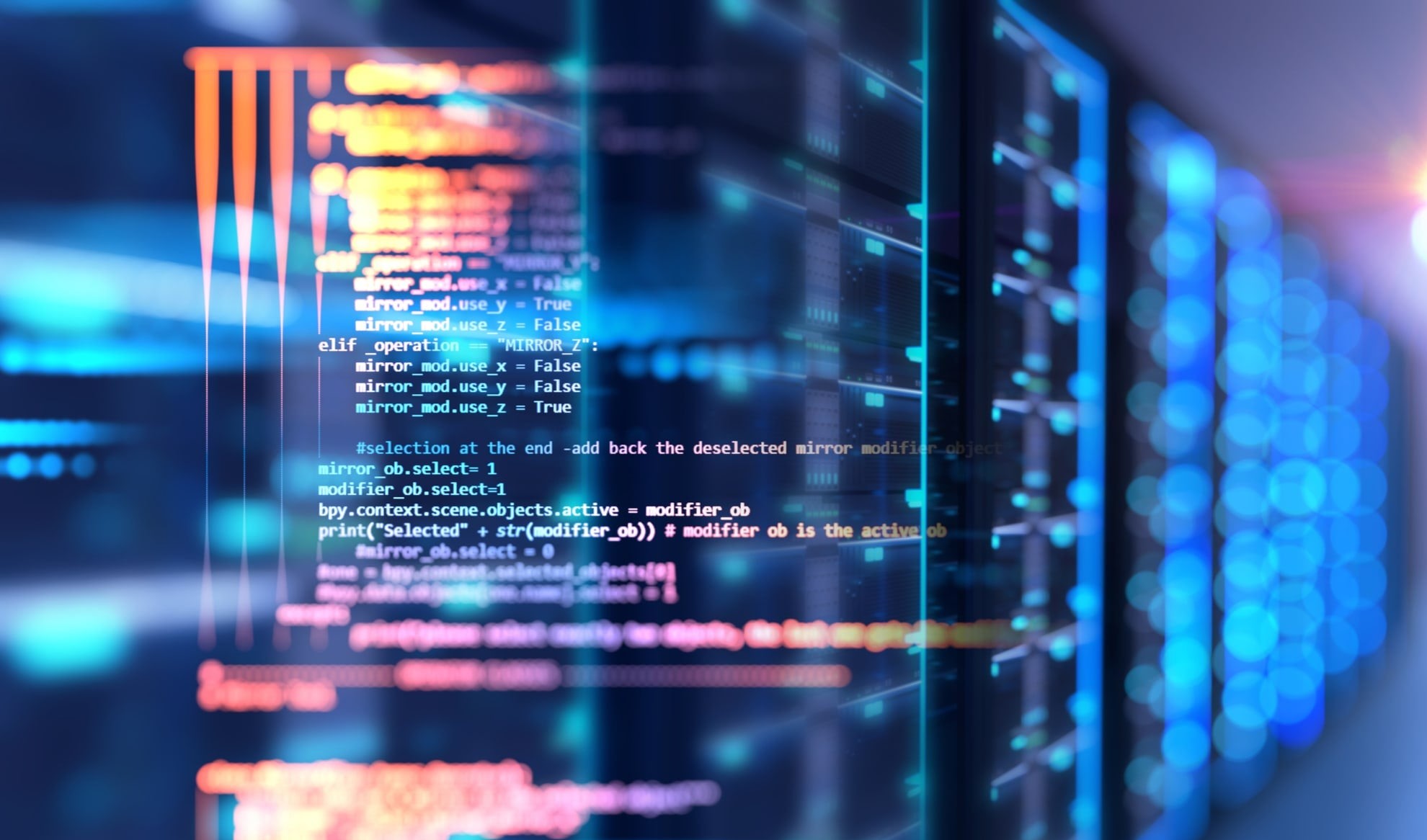
The metaverse is probably one of the most controversial and intriguing topics these days. The hype around this one single word is astounding. When Mark Zuckerberg announced the name-change of Facebook into Meta, it sent the social media into a frenzy. In October alone, an estimated 2.62 million searches were made about the term.
Even though it first appeared in Neal Stephenson’s novel, Snow Crash, twenty years ago; it wasn’t until 2021 that we seriously started thinking about the metaverse. Up until 2021, almost no one had thought that such a fiction-esque idea had the possibility of becoming real.
Now, everyone in the tech industry is trying to come up with their own explanation of the metaverse. The gamers are claiming that it already exists in their platforms. According to them; Roblox, Second Life, Fortnite and Minecraft are the best examples of the metaverse.
Meanwhile, others believe we still have years to enter this new era of the internet. They think that the developing technologies of 5G, augmented reality, artificial intelligence, the cloud and big data will eventually combine into the metaverse.
At the moment, we still haven’t reached a conclusion about this alternative digital world. Because of this, when Jon Radoff came up with a rather simplistic and a systematic explanation of the metaverse, it became an instant hit among Web 3.0 enthusiasts. His seven layered model is simplistic and is already being used in many online publications.
Jon Radoff is an entrepreneur, author and game designer. For the past few years, he has been writing extensively about the topics surrounding Web 3.0 in his Medium page “Building the Metaverse”.
His conceptual framework consists of seven tiers that describe the value-chain of the metaverse market. These include opportunities, technological innovations and solutions to our current problems.
Infrastructure is the base layer, meaning that without adequate framework none of the other developments are possible. This is why technological processes are at the heart of the metaverse. The other tiers include experience, discovery, creator economy, spatial computing, decentralization and human interface.
Layer 1: Experience
Contrary to popular belief, the metaverse isn’t solely a 3D version of the real world. It will be the ultimate dematerialized version of physical space, objects and distance. And yes, this space will also include 3D, graphics and even 2D.
As the physical space becomes dematerialized, the constraints physicality brings will be lifted. Hence, the metaverse will provide us with an abundance of experiences that we are not able to enjoy today.
This is one of the reasons why the biggest brands are already focusing on massive interactive live events (MILEs). These events hosted on platforms like Decentraland and Roblox give us just a basic idea of how the metaverse can make immersive events accessible to everyone. Can’t buy a front row ticket to a real-life Travis Scott concert? In the metaverse, all tickets will be front row.

To describe this layer, Radoff also mentions what he calls the content-community complex. More and more, consumers are also becoming content creators. Not just in the outdated sense of “user-generated content” but in the form of events and social interactions.
Layer 2: Discovery
Jon Radoff describes the discovery layer as “the push and pull that introduces people to new experiences”. In the metaverse ecosystem, the discovery systems of inbound and outbound continue to exist. Inbound discovery occurs when people are actively looking for information. Meanwhile, outbound refers to the method of seeking to push messages out to people whether or not they asked for it.
Some of the aspects of information sharing will be crucial in the realm of Web 3.0. Radoff argues that community-driven content is crucial for metaverse marketing. The rise of content creation we are witnessing in the influencer era will be shared within the metaverse context more and more. Recently, we’ve seen its early examples in the forms of non-fungible tokens (NFTs). Becoming one of the hottest topics of 2021, these digital assets started being widely used by the brands as a marketing tool. This is a great way to boost community engagement and it will advance much more in the metaverse.

Real-time presence will also be central to discovery. Video game services such as Steam and Xbox are already allowing gamers to see what their counterparts are doing in real-time. Few years ago, the music streaming platform Spotify added a feature where the users can see what their friends are listening to at the moment. Most recently, Twitter has launched Spaces as a tool for live audio conversations. These types of social interactions will be possible in the metaverse through various shared experiences.
Layer 3: Creator Economy
Earlier versions of the internet required some degree of programming knowledge for creators to design and build tools, apps or asset markets. These days, thanks to the web application frameworks, developing web applications is possible without coding. As a result, the number of designers and creators on the web is increasing exponentially.
In the near future, everyone will be able to become a creator on the web without having to spend hours learning programming. This dramatic increase in the number of creators is what defines the economy of Web 3.0, or the creator era.
“Creators gain tools, templates, and marketplaces of content that reorient development from a bottoms-up, code-centered process to a top-down, creatively centered process” says Jon Radoff.

In reality, we’ve already started witnessing the rise of the creator economy. Think about Youtube: In the early days, there were few big Youtubers getting millions of views. They generally created content such as sketch comedies, tutorials or vlogs. Now, millions of others are able to make videos about a variety of subjects, no matter what the size of their audience is. TikTok gave the same opportunity to an even larger population. In this new market, the consumer can also easily become the creator.
Metaverse will enable people to find their niche instead of sharing the same experience with millions of others. The experiences provided by the creator economy will not only be immersive, social and real-time; but they will also be also highly personalized.
Layer 4: Spatial Computing
Spatial computing is a term used to describe a tech solution that merges virtual and augmented reality. According to Radoff, spatial computing helps us manipulate and enter into 3D spaces. It allows us to digitize objects using the cloud, enable sensors to react with motors and digitize the physical world around us through spatial mapping.
Now, more than ever, we’re able to blend the virtual with the physical world. Microsoft’s HoloLens and Snapchat’s Landmarker are great examples of what we can do with this technology. And even if you haven’t been able to get your hands on Hololens or Landmarker yet, think about the face filters on Instagram that are being used everyday. Or the massively popular 2016 game, Pokemon GO. All of these were possible thanks to spatial computing.
Some of the key aspects of this layer include 3D engines such as Unity and Unreal. Moreover, geospatial mapping through Cesium, Descartes Labs, and Niantic Planet-Scale AR helps with mapping and interpreting the inside and outside world.

Data integration from devices (Internet of Things) along with biometrics from people is already widely used in health and fitness industries. Lastly, voice and gesture recognition is also included in the software that is spatial computing.
Layer 5: Decentralization
As opposed to its fictional counterparts in Snow Crash or Ready Player One 《头号玩家》that are both ruled by single entities, the real metaverse is expected to be devoid of a single authority. This makes decentralization one of the key features of the metaverse, along with being open and distributed.
When alternatives are maximized and systems are interoperable and constructed within competitive markets, experimentation and growth skyrocket. Moreover, creators become the sovereigns over their own data and products.
The blockchain as well as smart contracts, open-source platforms, and eventually the possibility of a self-sovereign digital identity are all parts of the decentralization process. More and more, distributed computing and microservices enable a scalable ecosystem for developers to access online capabilities.
Everything from commerce systems to specialized AI to a variety of game systems are all becoming available without having to worry about constructing or integrating back-end capabilities.
Layer 6: Human Interface
The key aspect of the hardware layer of the metaverse is human interference. With the combination of spatial computing and human interface, we’ll soon be able to gather information about our surroundings, use maps and even create shared AR experiences by just looking around at the physical world.
“A Cyborg Manifesto” is a 1985 essay written by Donna Haraway, a prominent scholar of technology and science studies. In this essay, the concept of the cyborg is used to reject the rigid boundaries between “human” and “machine”. As the technologies get smaller and highly portable, they will become closer to our bodies; turning us into cyborgs. We’ve already started this process through smartwatches and smart glasses.

Furthermore, biosensors and neural interfaces between brains and computers are already being experimented on. So, haptics are also a big part of this layer as well. With this technology; it is possible to transmit information through touch, even when there are no objects.
By using haptics, we can control our electronic devices mid air, without having to touch buttons or a screen. Some experimental models also include a feature where the user can feel the texture and shape of a virtual object.
Layer 7: Infrastructure
The seventh layer includes the technology that makes everything that is mentioned above become real. Ultimately, for all outer layers to exist we need technological infrastructure consisting of 5G and 6G computing. These will massively improve bandwidth and reduce network contention and latency.
Moreover, for the devices mentioned in the human interference layer to work efficiently, we need tiny hardware that is powerful. According to Radoff, these include semiconductors that are approaching 3nm processes and beyond; microelectromechanical systems (MEMS) that facilitate tiny sensors; and compact, long-lasting batteries.

While this seven layered explanation is great for a general understanding, it seems like we still have a lot to learn about the metaverse. Of course, we first need to develop the technology that will make up the infrastructure. Then, it will be a game of figuring out what works and what doesn’t. Still, one thing is for sure: this new technological frontier will massively revolutionize how we live and think.
from: https://holonext.com/metaverse-101-understanding-the-seven-layers/
by HoloNext

